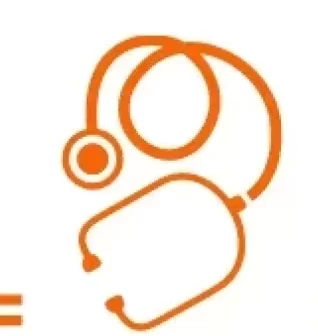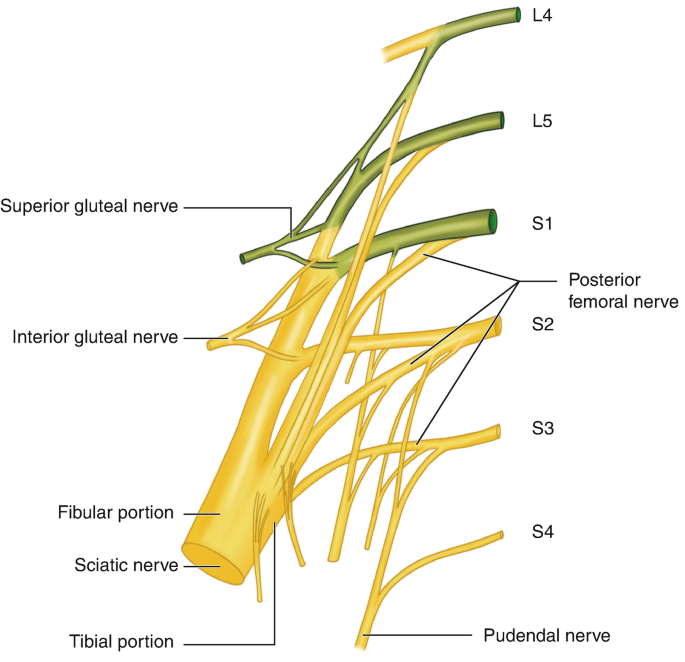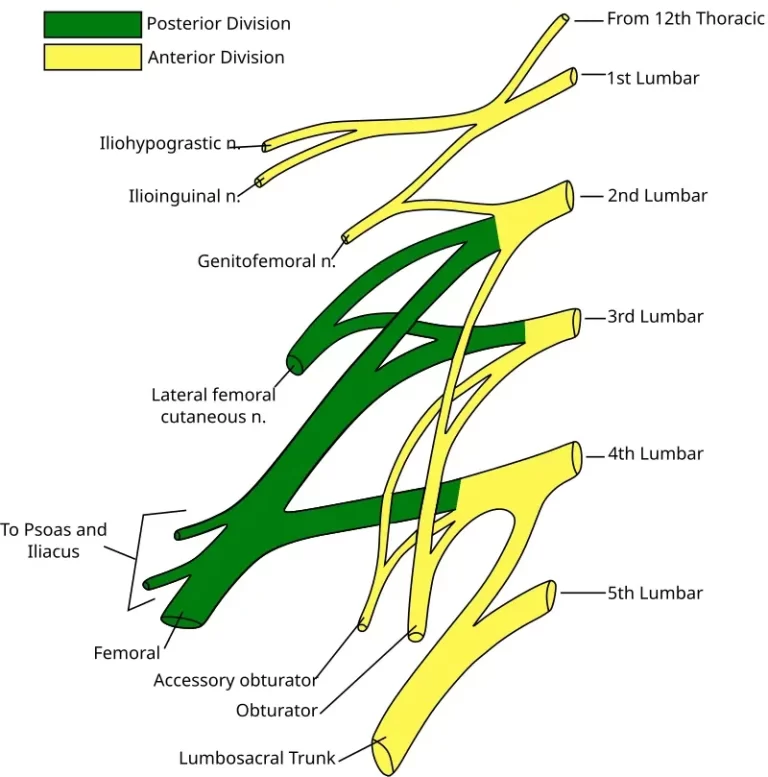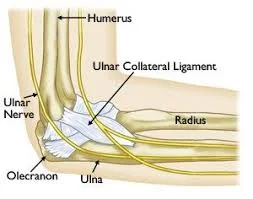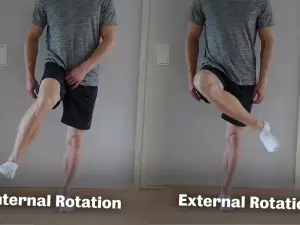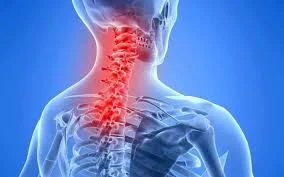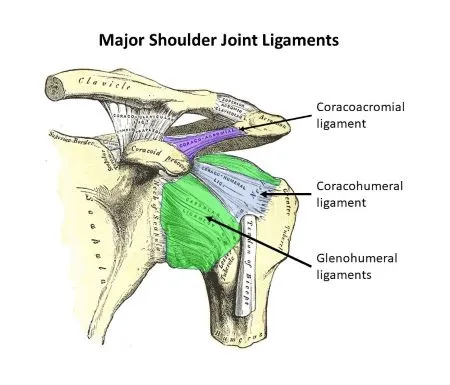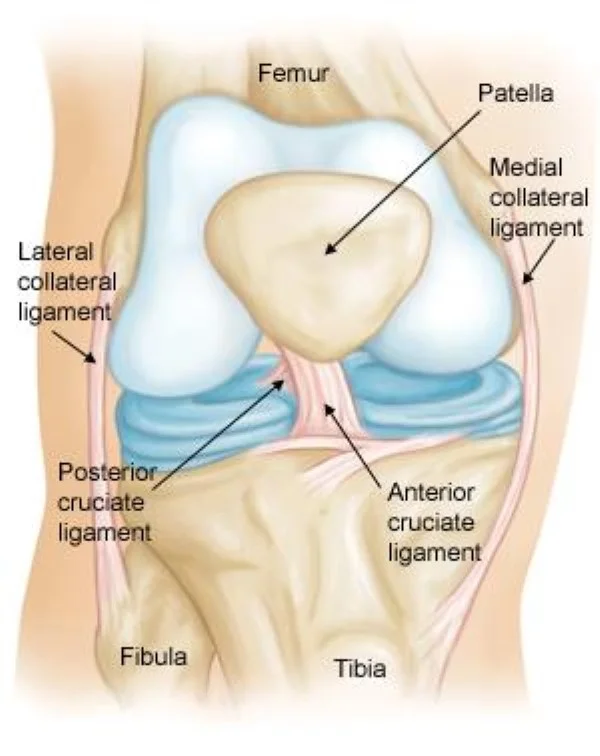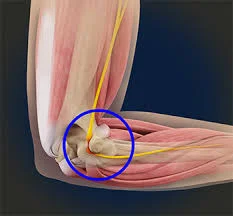Sacral Plexus
Introduction The sacral plexus is a neural network made up of the lumbosacral trunk (L4, L5) and the sacral spinal nerves (S1–S4). The sacral plexus is situated on the posterior pelvic wall, behind the internal iliac arteries and ureter, and ahead of the piriformis muscle. The plexus has multiple branches, including anterior, posterior, and one…
